
Features
Crop Culture
Inputs
Growing Points: Just what the doctor ordered
November 6, 2013 By Dr. Mohyuddin Mirza
Growing perennials is always of interest to growers and consumers. I
have visited many beautiful landscapes full of only perennials. I can
enjoy them for hours and view flowers of many different colours, sizes
and shapes.
Growing perennials is always of interest to growers and consumers. I have visited many beautiful landscapes full of only perennials. I can enjoy them for hours and view flowers of many different colours, sizes and shapes.
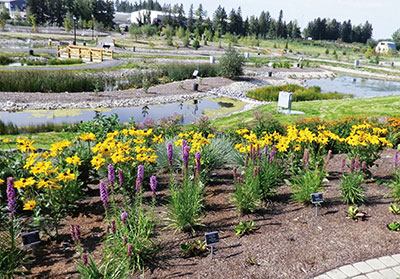
|
|
In a recent tour to the Olds College in Olds, Alta., Peter Johnston-Berresford led a tour of the school’s land reclamation project. He is a great tour guide and host, and accompanied by beautiful weather and flowers in the foreground, he gave us a memorable experience.
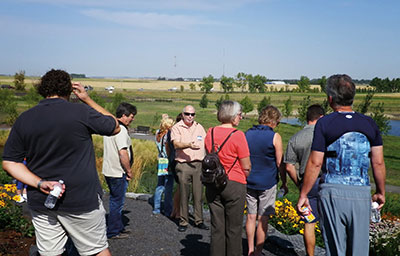
|
|
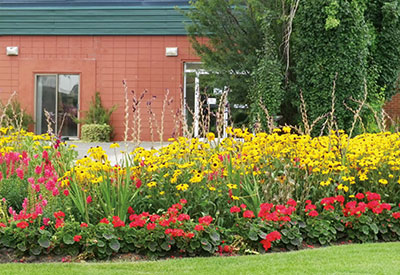 |
|
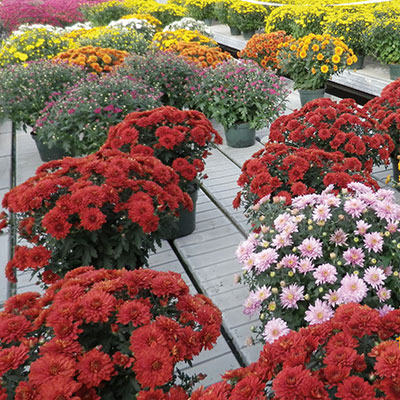 |
These pictures show how perennials are integrated with land and water reclamation demonstration projects. Institutions across Canada, much like Olds College, have preserved perennial gardens as part of their teaching programs.
The picture on the left at the bottom of the page is a perennials display at Olds College. On the right is a sampling of fall mums, and consumers look to them to provide fall colour. Peter made it a point to show us the hops being grown at the college. Hops (Humulus lupulus) are used as a flavour agent in making beer. Peter led us on a tour of the brewery at the school. Incidentally, hops are perennials!
There are many perennials that have medicinal value. In this article, I want to describe the beautiful perennial echinacea, which I think deserves more attention and promotion by growers and retailers.
There are three species that are commonly associated with medicinal properties – Echinacea angustifolia, E. purpurea and E. pallida – although there are a total of nine species.
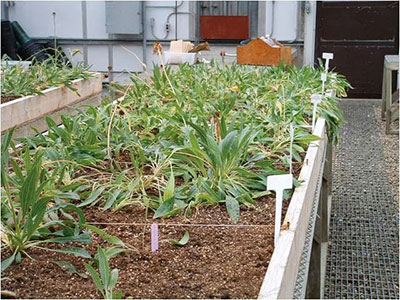 |
|
E. purpurea (picture at left) is more commonly seen in landscapes and as a bedding out plant. Extensive research was done with it at the Crop Diversification Centre North in Edmonton in the late 1990s and in the last decade.
I notice that few E. purpurea are grown as bedding plants, while I don’t see E. angustifolia being grown. Furthermore, the medicinal values of both these species are not emphasized enough in marketing them. Here are pointers to grow E. angustifolia in greenhouses, which may be marketed as a garden perennial and also for the medicinal uses of its roots.
Seed treatment: Many seed treatments have been developed to achieve better germination, including priming and stratification.
Our studies indicated that soaking seeds in 400 ppm of ethephon is the best option. The procedure is to soak seeds in good quality water (sodium below 30 ppm) for 24 hours with two water changes every 12 hours. After 24 hours of soaking, add 400 ppm of ethephon and leave the seeds for two hours.
Ethephon is stabilized at a pH of 4.0. When mixed with water, the pH is raised to around 6.0 and that is when ethylene is released. Make sure the pH is between 6.0 and 7.0. Fresh solution should be made if seeds are treated in batches.
Seed germination: Remove the seeds and use them for germination. There are different options to consider.
I have seen growers place the seeds on perlite in rows; germination will start within 24 hours. A 40-watt light bulb can be used to provide the light essential for germination.
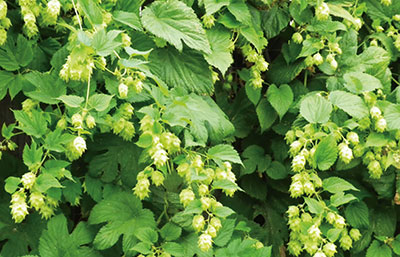
|
|
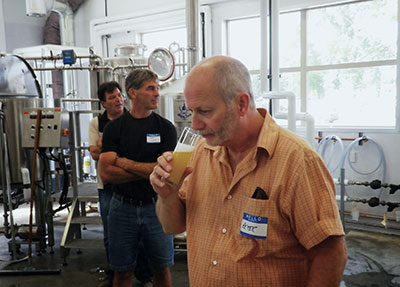 |
For large-scale plug production, treated seeds are allowed to surface dry and then used for seeding in plugs through automatic seeders. The seeds should be placed close to the surface so that they are exposed to light. Pre-soaked seeds generally do not require watering if the growing medium is sufficiently moistened. The seeds will start sprouting within two to four days.
Plug production: It takes about 10 to 12 weeks to produce good quality plugs.
The plugs can be transplanted into larger pots or can be harvested after six to nine months for good root biomass. It was also found that these roots, at 10-12 weeks of development, have fairly good active ingredients (echinacosides and isobutalyamides). They are good for making tinctures or for extracting the bioactive ingredients.
Production in greenhouses: Plugs can be produced in greenhouses as outlined previously. The plugs can be field-planted and harvested in three to four years. Under Alberta conditions, we found that winterkill can wipe out the crop. We also found that weed control is a major issue. That is why we studied greenhouse production and found that E. angustifolia can be grown in six to nine months in them.
Various systems were tested.
Production can be done in six-inch to eight-inch-deep wooden troughs, nursery styrofoam blocks, one-litre plastic pots, and aeroponic systems.
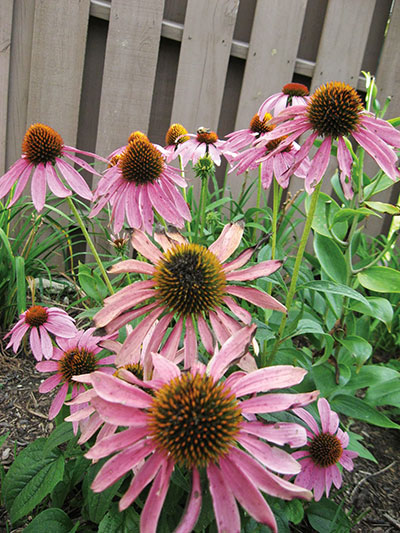
|
|
The picture (top at left) shows production in a commercial soilless growing medirm. The bench has 4” to 6” of a commercial soilless growing medium. Echinacea was harvested after nine months of growth. The levels of both echinacosides and isobutylamides were comparable to those of plants in the field after four years.
PRODUCTION IN AEROPONIC SYSTEMS
■ Aeroponics is a type of hydroponic production in which no media whatsoever is used. Plants are suspended over a growth space and nutrient solution is sprayed onto the roots periodically. This type of system was used for greenhouse echinacea root production. The following protocol was followed.
Two-month-old Echinacea angustifolia seedlings in rockwool cubes were planted into a covered polystyrene growth channel with dimensions of 30 cm x 30 cm x 30 cm (12” x 12” x 12”).
Plants are inserted into the panel through a hole. An irrigation pipe with mist nozzles (flow rate of 0.23 gpm at 36 psi) at 40 cm (16”) intervals was placed inside the channel. The irrigation pipe was connected to a 1/4-hp aquarium sump pump with a timer.
A complete solution of all the macronutrients and micro-nutrients, with an electrical conductivity of 2.0 mS/cm, was supplied to the roots through the sprinklers.
Nutrient solution was applied for five minutes every 10 minutes when the plant roots started to grow. The nutrient solution was collected and recycled in a 300 L (66 gal.) plastic tank. Thirty ppm of hydrogen peroxide was added on a daily basis to control algae and other microbial growth.
When the EC dropped to 0.8 mS/cm, the nutrient solution was brought back to the original strength.
The plants were harvested six months after planting (four months after transplanting). The average root dry weight was higher than what was obtained in plants grown in a soilless mix. The root biomass was also higher than the shoot biomass, which is a desirable characteristic.
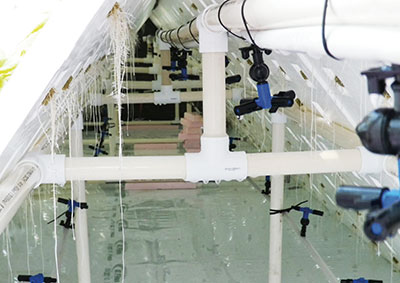
|
|
This picture was taken of a lettuce aeroponic system at the Greenhouse Research and Production Complex at Brooks, Alta.
E. angustifolia can be successfully grown for its medicinal value and also as an ornamental crop. When you sell them, don’t forget to promote them as medicinally important!
Dr. Mohyuddin Mirza is a greenhouse consultant. • drmirzaconsultants@gmail.com
Print this page